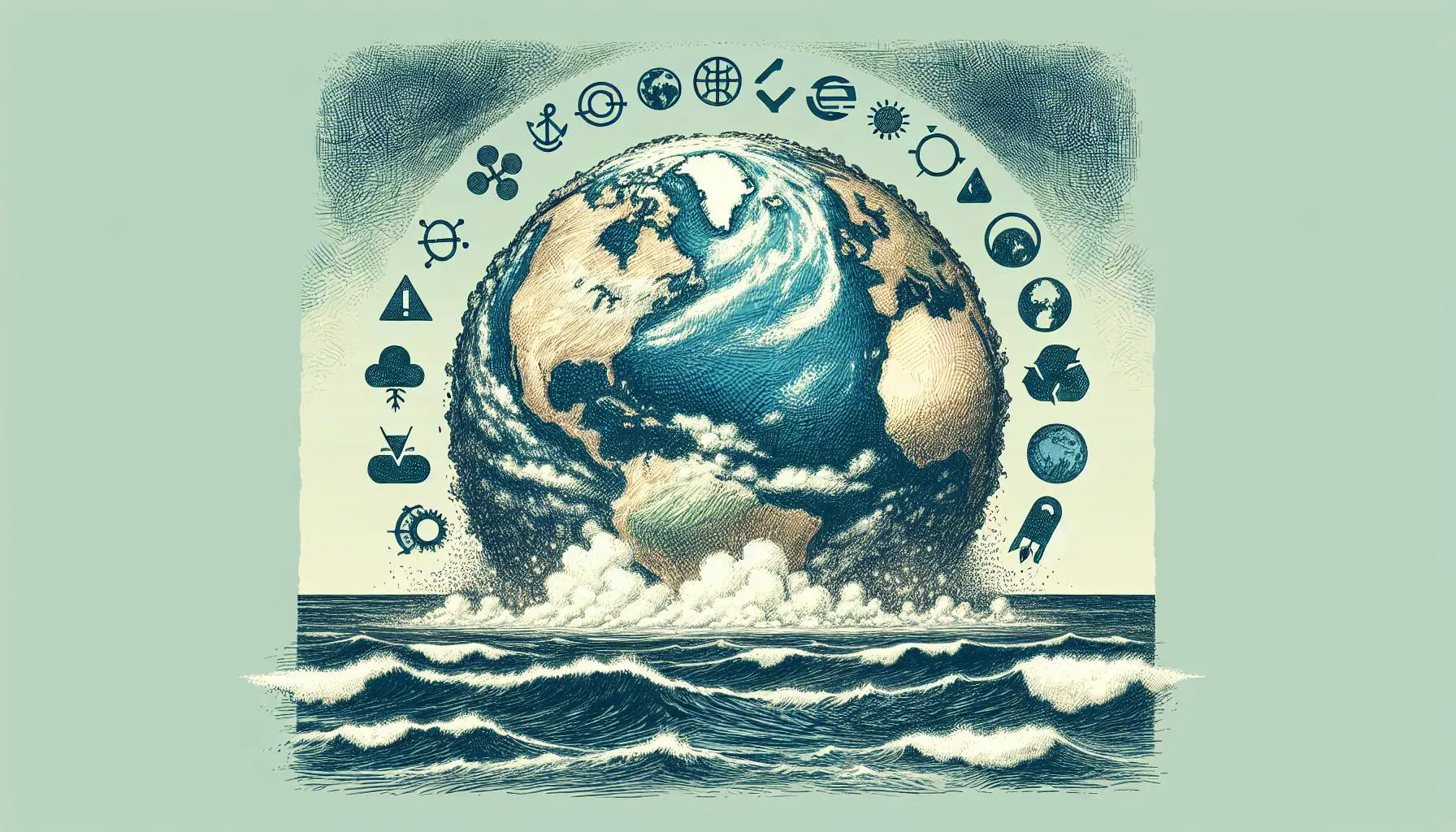Just Like Scientists Predicted, There Is a Massive Blob Stretching Across the Atlantic Ocean
The 1995 science fiction classic Waterworld imagines humanity at the far end of runaway climate change. It takes viewers several centuries into the future after rising global temperatures melted the ice caps and glaciers, burying the world’s land masses beneath an unbroken global ocean. What remains of humanity must eke out a living in floating cities and small watercraft. Such is life on Waterworld.
Here in the 21st Century, we may have some ice and dry land, but our planet is still an ocean world with plenty of secrets hidden in its murky depths. Recently, scientists discovered a predicted but previously undetected blob stretched across the Atlantic Ocean.
Scientists Find Massive “Blob” Stretched Across the Atlantic Ocean
We think of our planet as being made of distinct continents and oceans, each with a name and identity. And we make kids memorize them in grade school. In reality, there is only one ocean, the World Ocean, and it’s wrapped around the continents like a massive, wet, planetary hug.
While all of the planet’s oceans are bound in one interconnected planet-wide waterway, researchers break them up into discrete bodies of water based on their temperature and salinity relationship (T-S), a measurement which determines density. By measuring T-S in various parts of the ocean, scientists can identify bits and blobs with unique characteristics and locations. In 1942, scientists realized that waters from the north and south met at the equator in both the Pacific and Indian Oceans.

Aerial view of waves splashing in sea. Photo: Nazar Abbas Photography/Getty Images
These equatorial waters are characterized by an unusual temperature-salinity gradient caused by smashing north and south waters together. Interestingly, however, they found no such mixing occurring in the Atlantic. Now, a new study published in the journal Geophysical Research Letters confirms the detection of the Atlantic Equatorial Water stretching east to west from the tip of Brazil to Africa’s Gulf of Guinea.
To make the detection, researchers used data from the Argo data repository. Argo gathers data from the ocean using a fleet of robotic instruments which float with the currents and move up or down in the water column to map temperature and salinity across a wide range of ocean environments. Using that data, researchers modeled the top 2,000 meters of the Atlantic along the equator, looking for a telltale T-S curve. And they found it!
The detection solves a decades-long mystery surrounding the previously missing Atlantic blob and that’s just for starters. Better models and a better understanding of ocean mixing are vital for getting our heads around how oxygen, heat, and nutrients get moved around on our planet. If we’re going to fiddle with our planet’s operating systems, it’s a good idea for us to grok how they work.
